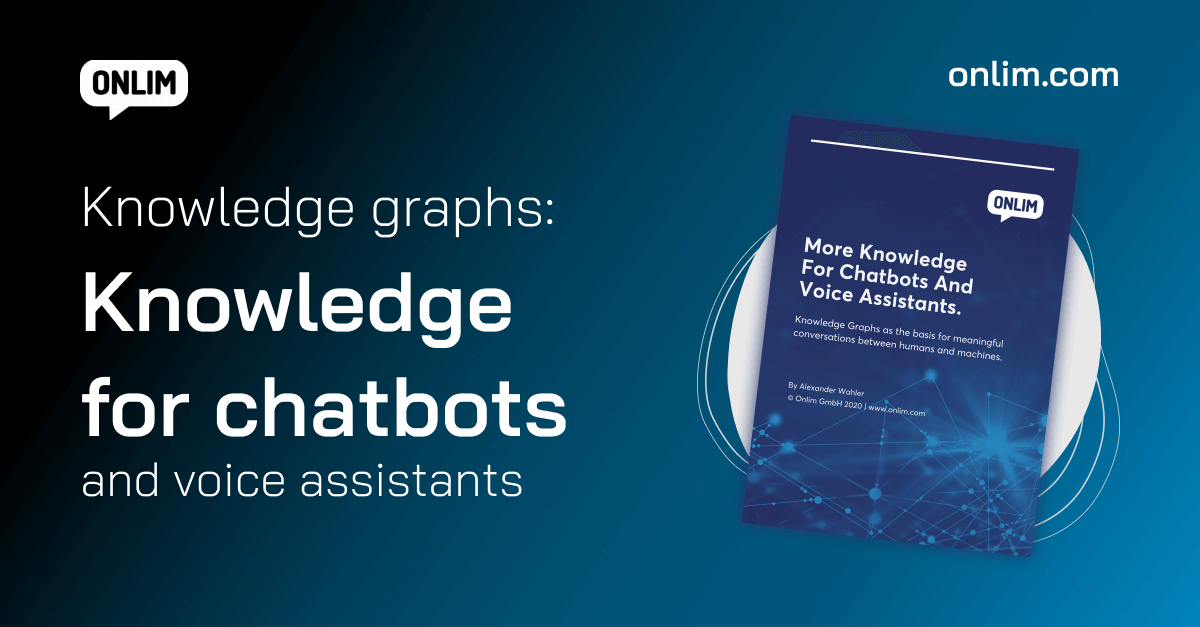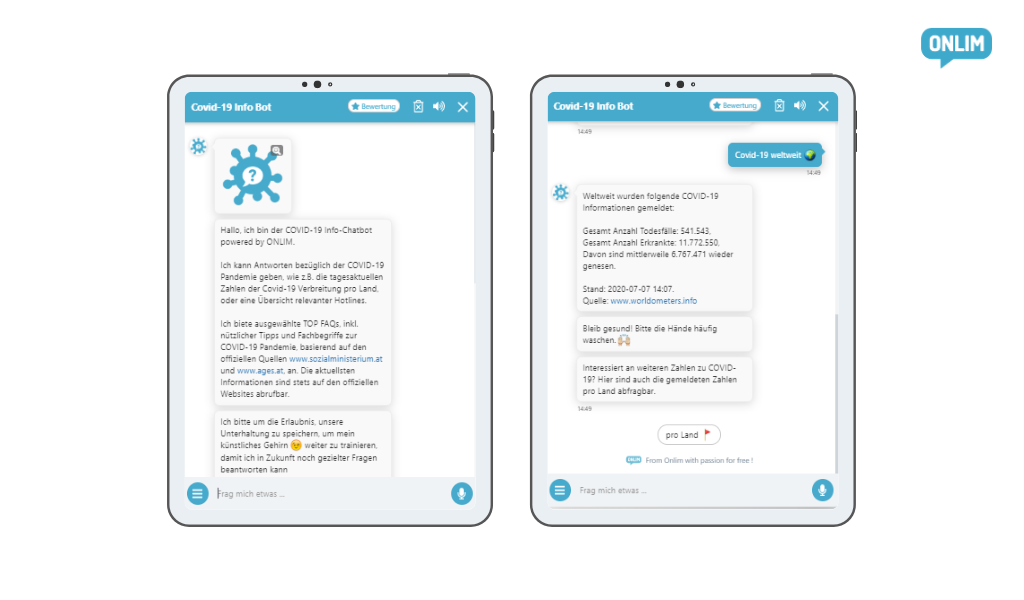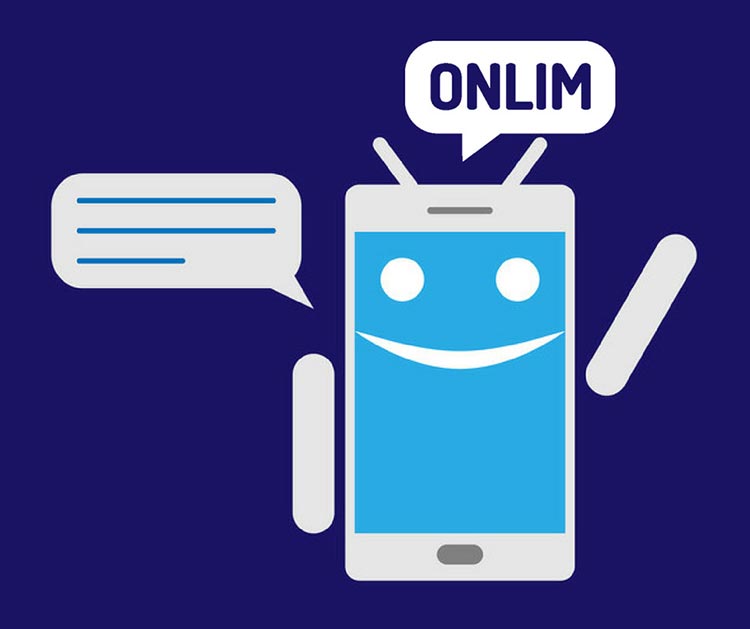Using Chatbots For Crisis Management And Beyond (Part 1)
The COVID-19 pandemic hit us at lightning speed and has kept the world in suspense to this day. Such massive events and crises understandably lead to fear and great uncertainty among people.
Public authorities have an urgent need to quickly provide the entire population with correct, complete and time-sensitive information. In crisis situations, there is a massive need for communication and information transmission within a very short period of time.
If countless citizens turn to a dedicated Corona hotline and dozens of customers call at hotels or retailers, employees get overworked and long and dangerous waiting times can arise. This is exactly where chatbots can make a valuable contribution to crisis communication and crisis management.
Chatbots offer valuable support through automated communication
The use of AI assistants in any communication plan is based on one task: whether with chatbots or voice assistants, it is about automatically providing relevant and easily consumable information to users (e.g. customers, citizens) in real time.
Also interesting: Improve Customer Experience With The Help Of Voice Assistants
When AI assistants answer the most frequently asked inquiries from concerned citizens or clients, customer support can tend to more complex individual questions or other essential tasks.
Example: massive overload of the Corona hotline in Austria
With the announcement of the lockdown, the so-called coronavirus hotline of AGES was set up in Austria. In mid-March, up to 50,000 calls a day came in, resulting in waiting times of up to 1 hour. In some cases, people were only called back after several hours.
At this point, a specially developed chatbot for crisis management could have provided massive added value. AI assistants can often answer repetitive questions through automated communication; in the case of more complex inquiries or concerns, they can immediately hand over to employees.
Ultimately, chatbots would allow any customer service center to ensure its service, avoid waiting times and fulfill its task of providing information and support in a timely manner.
Infection numbers, opening times & more: How AI assistants provide support during COVID-19
Several AI assistants have been implemented during this crisis on the initiative of technology providers and authorities.
The Austrian Federal Ministry for Digital and Economic Affair (BDMW), for example, has implemented “Mona”, the chatbot, which answers the most important FAQs for business people about the corona crisis.
At Onlim we have implemented the COVID-19 bot, which provided current infection numbers and information about developments around the coronavirus. We have made this service available to all of our customers. The aim was to provide basic information and an overview of the most important developments related to the coronavirus through chatbots.
We also offered our customers to implement special content blocks into their chatbots that are tailored to the situation. Already 24 hours after the announcement of the nationwide lockdown, we had initial content ready for our Austrian customers on typical questions such as opening times, possible cancellations and more. Our clients could then use this content in their chatbots (we speak of “intents” = intention behind a question) and were able to quickly answer frequent customer questions.
Existing chatbots were quickly expanded to include specific inquiries or blocks of content triggered by the corona crisis.
Increased demand for AI assistants in e-commerce and IT helpdesks
The corona crisis has definitely led to increased interest in the implementation of chatbots and voice assistants. As a technology provider, we have received increased inquiries, especially from e-commerce and IT help desks.
During the lockdown, most shops remained closed. Online and grocery shops were overloaded with inquiries about home delivery. As a result, there was an increasing demand for the use of chatbots to automate order placement or provide product information.
Thousands of companies suddenly switched to working from home. In corporations and larger companies, in particular, internal IT help desks were very busy solving challenges and IT problems of employees promptly and effectively.
Even if this intense phase has calmed down now, the advantages of using chatbots for crisis management will pay off far beyond.
Benefits of chatbots for crisis management
Easy to update with rapidly changing information
In times of crisis, numerous regulations are issued by the authorities. They are often only valid for a short amount of time and – depending on the situation – are frequently and quickly changed, revised and adapted.
In Austria, for example, new measures were announced in press conferences almost daily. New regulations were continuously issued, regulations regarding minimum distances and maximum number of visitors changed, the obligation to wear masks was extended to new areas and so on.
These frequent changes cause more uncertainty among citizens and lead to an increased need for information. Authorities and companies must respond to these concerns and questions promptly and with precise and current information. A simple and quick way to adapt and update automated communication is required.
Chatbots can easily answer the most important questions about relevant crisis issues. If this information needs to be updated, our clients, for example, can make changes in the Onlim platform with just a few clicks.
A manual update or additions to FAQs on your own website, on the other hand, can take a lot longer. Not only does it take a lot of time, a clear presentation of all information becomes also more difficult the more information has to be displayed. If people lose the overview, it will cause confusion.
Have you checked out the Ultimate Chatbot Guide For Businesses yet?
Win and retain customers through up-to-date information
Customers have to get all relevant and current information as quick and simple as possible. For companies, this is about customer acquisition and customer loyalty. Suppose an interested party wants a change of scenery after weeks of lockdown and he is looking for a hotel somewhere in the Austrian mountains. Questions such as “Do you offer breakfast buffet?” or “Do I have to go to quarantine after the trip?” or “Can I use the wellness facilities in the hotel?” arise.
If potential customers compare two hotels and get clear answers to these questions in one hotel, but not in another, the booking will most likely be made in that first hotel. Even if a hotel stay was booked before the start of the crisis, transparent, clear information could help to avoid cancellation.
Related article: Chatbots For Hotels: Here’s How You Enhance Your Guest Experience
Implementation of AI assistants: During the crisis, it’s too late!
The problem with crisis situations such as the corona crisis is that as an authority, aid organization or company, you have to have your infrastructure, systems and content to use chatbots for crisis management in place before an actual crisis happens.
It is impossible to implement an effective AI assistant within just a few days, especially when all employees are already busy solving urgent inquiries and tasks in times of crisis.
A clear strategy and schedule are required to implement a chatbot or voice assistant. Companies should designate a project team and a responsible person to implement the project with an assigned technology provider.
Here are some more tips for a successful chatbot implementation.
Organizations have to consider, that the implementation of a chatbot takes at least 4 weeks, even with absolute commitment, a methodical approach and intensive work.
Why companies should proactively invest in the development of an AI assistant
COVID-19 has definitely shown the need for and benefits of AI assistants for organizations and authorities during crises. Nevertheless, to some people, such an investment appears to be unnecessary after the crisis is over.
However, chances for other crises are high and you can only prepare for them before they actually happen. Therefore, infrastructure and processes have to be implemented in crisis-free times, so that chatbots and voice assistants used for crisis management are ready when needed.
Once you have implemented an AI assistant, further topics and content can be added quickly. However, especially for public institutions, the first-time implementation can be quite time-consuming.
Continue to part 2 of this article, in which you will learn more about the specific use cases of AI assistants in times of crisis, current limitations and what that means for companies.
More Knowledge For Chatbots And Voice Assistants

What are Large Language Models (LLMs)?
March 18th, 2024|
What are chatbots and how do they work?
November 23rd, 2023|
The AI Act and its impact on the use of chatbots
October 27th, 2023|




